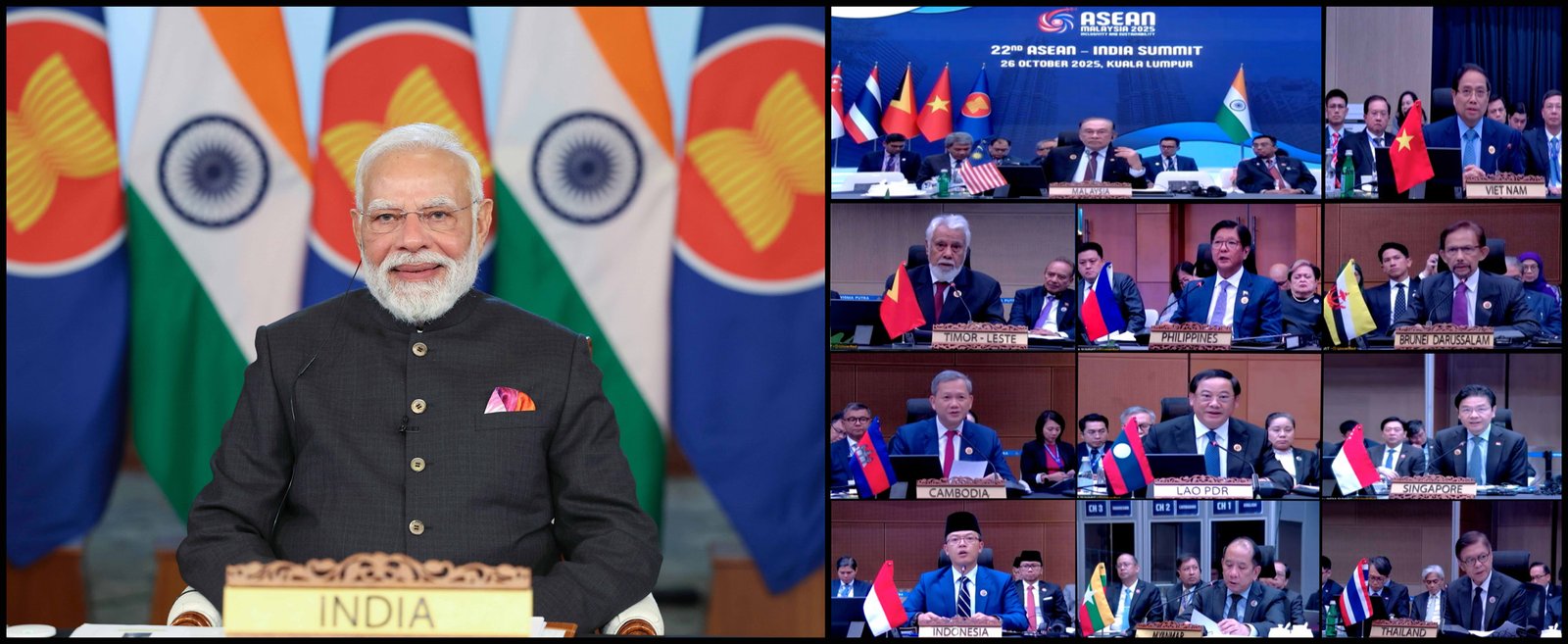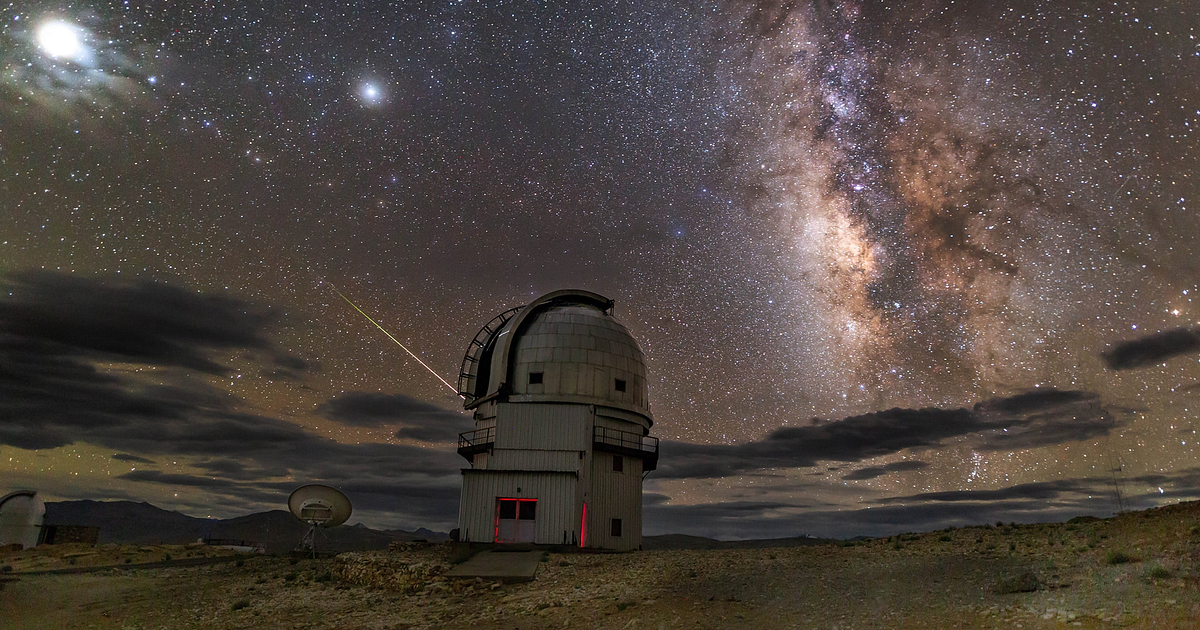Context
- The Bihar state government approved the development of Punaura Dham, a temple complex in Sitamarhi district, as a significant tourist attraction. Punaura Dham is considered the birthplace of Goddess Sita.
- The initiative aims to showcase and preserve the rich culture and heritage of Mithila, the region where Sita’s story unfolds.
Key Cultural Aspects of Mithila
- Historical Significance:
- Mithila boasts a deep-rooted history, tracing back to the Vedic period (1500-500 BCE) as one of India’s 16 Mahajanapadas.
- Also called Tirhut or Tirabhukti, Mithila spans regions in Bihar and Nepal, including Darbhanga, Madhubani, and others.
- Geographically, it’s bordered by the Himalayas, the Ganges, Gandaki River, and Mahananda River, leaving a mark in historical revenue records. It was once ruled by the Videha Janak dynasty.
- Language and Literature:
- The predominant language in Mithila is Maithili, belonging to the Indo-Aryan family. Vidyapati (1352–1448 AD), a poet, contributed immensely to Maithili’s literary tradition with famous love and devotion songs.
- Maithili literature encompasses epics, dramas, folktales, and biographies of saints and heroes.
- Cultural Heritage:
- Mithila is renowned for Madhubani or Mithila painting, characterized by vibrant natural colours and geometric patterns.
- These paintings vividly portray scenes from Hindu mythology, especially the Ramayana, alongside depictions of flora, fauna, and social events.
- GI Tag: Mithila Makhana, a distinct variety of aquatic fox nut grown in the Bihar and Nepal regions, holds a coveted Geographical Indication (GI) tag.
About Ramayana Circuit
- It is the part of the Swadesh Darshan Scheme and is among fifteen thematic circuits marked for development.
- Key Destinations:
- Uttar Pradesh: Ayodhya, Nandigram, Shringverpur & Chitrakoot.
- Bihar: Sitamarhi, Buxar & Darbhanga.
- Madhya Pradesh: Chitrakoot.
- Odisha: Mahendragiri.
- Chhattisgarh: Jagdalpur.
- Maharashtra: Nashik & Nagpur.
- Telangana: Bhadrachalam.
- Karnataka: Hampi.
- Tamil Nadu: Rameshwaram.
About Swadesh Darshan Scheme
- Launched in 2014-15 by the Ministry of Tourism and Culture.
- Central Sector Scheme providing Central Financial Assistance to State Governments and Union Territory Administrations.
- Fifteen Tourist Circuits: Buddhist circuit, Desert circuit, Eco circuit, Ramayana circuit, Coastal circuit, Heritage circuit, Himalayan circuit, Krishna circuit, North-East circuit, Rural circuit, Spiritual circuit, Sufi circuit, Tirthankar circuit, Tribal circuit, Wildlife circuit
- Swadesh Darshan 2.0: Focuses on destination management instead of theme-based circuits. It is a part of the country’s domestic tourism policy.
- 30 cities across 15 states identified.
- Includes Dwarka and Dholavira in Gujarat, Colva and Porvorim in Goa, and Nalanda and Gaya in Bihar, among others.




